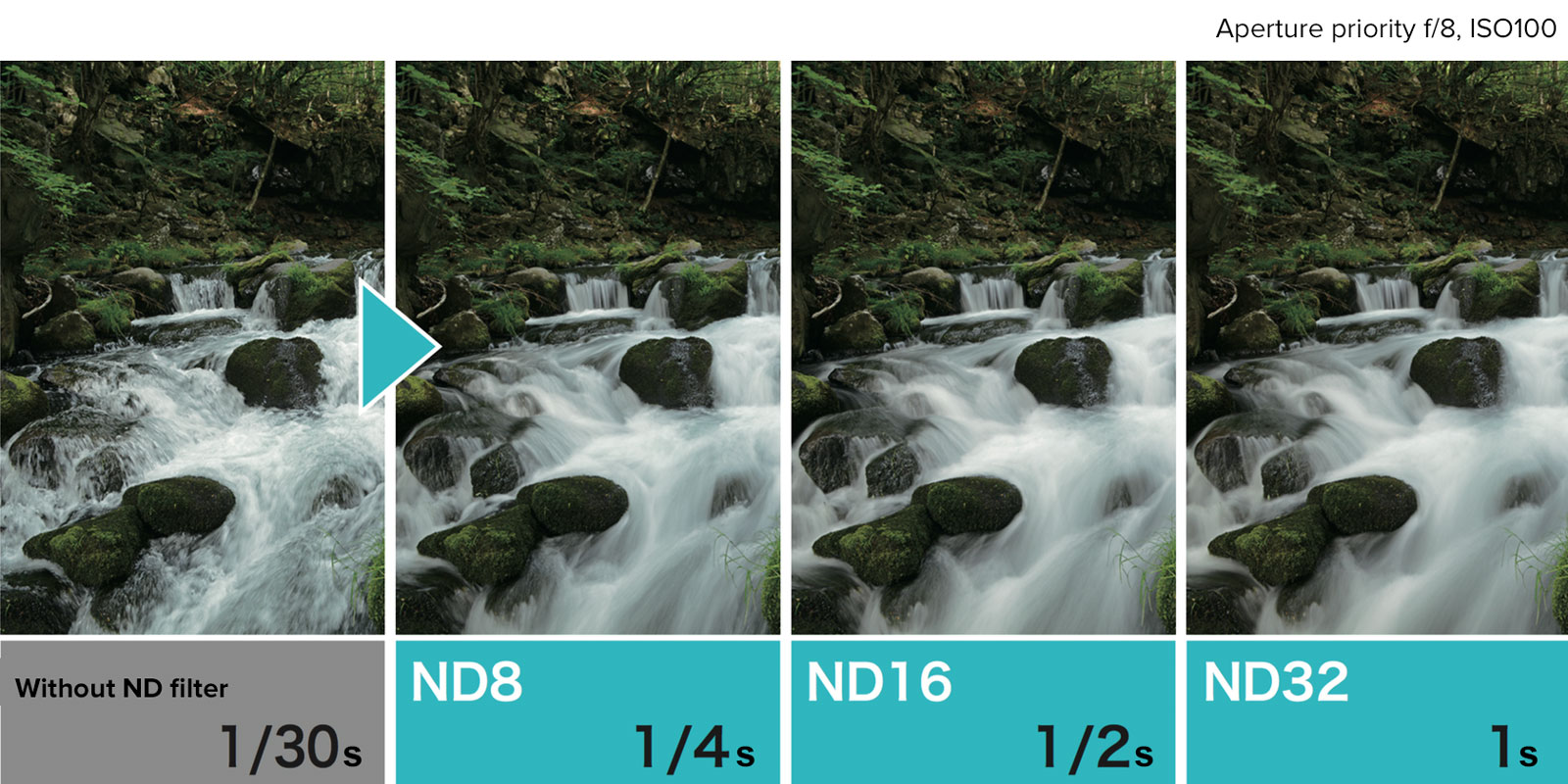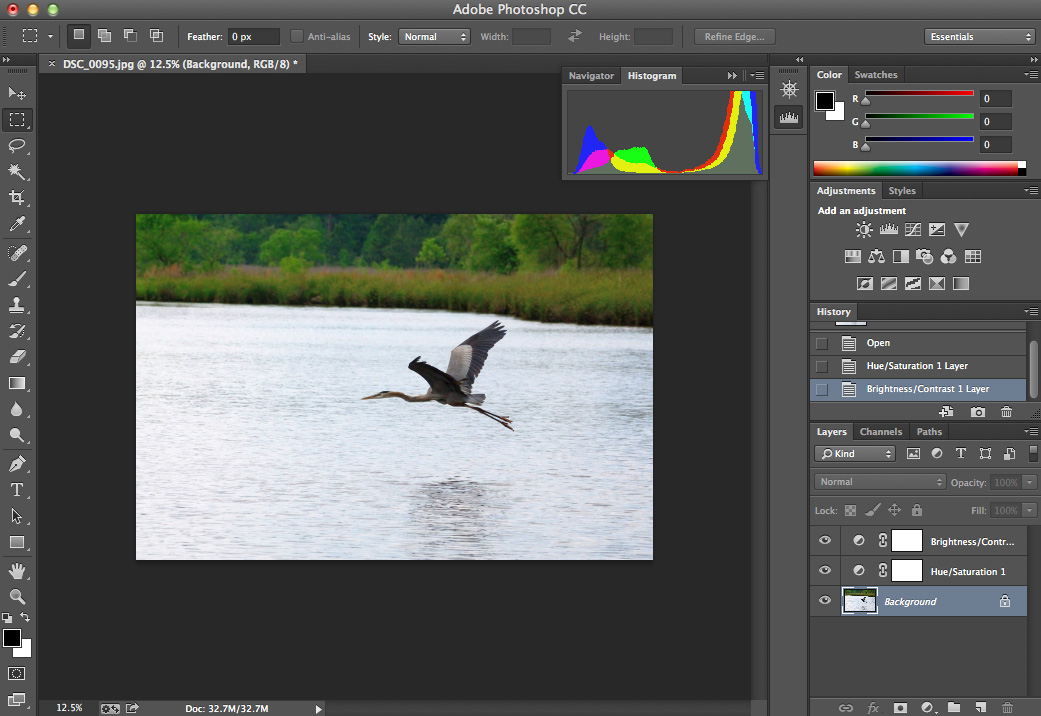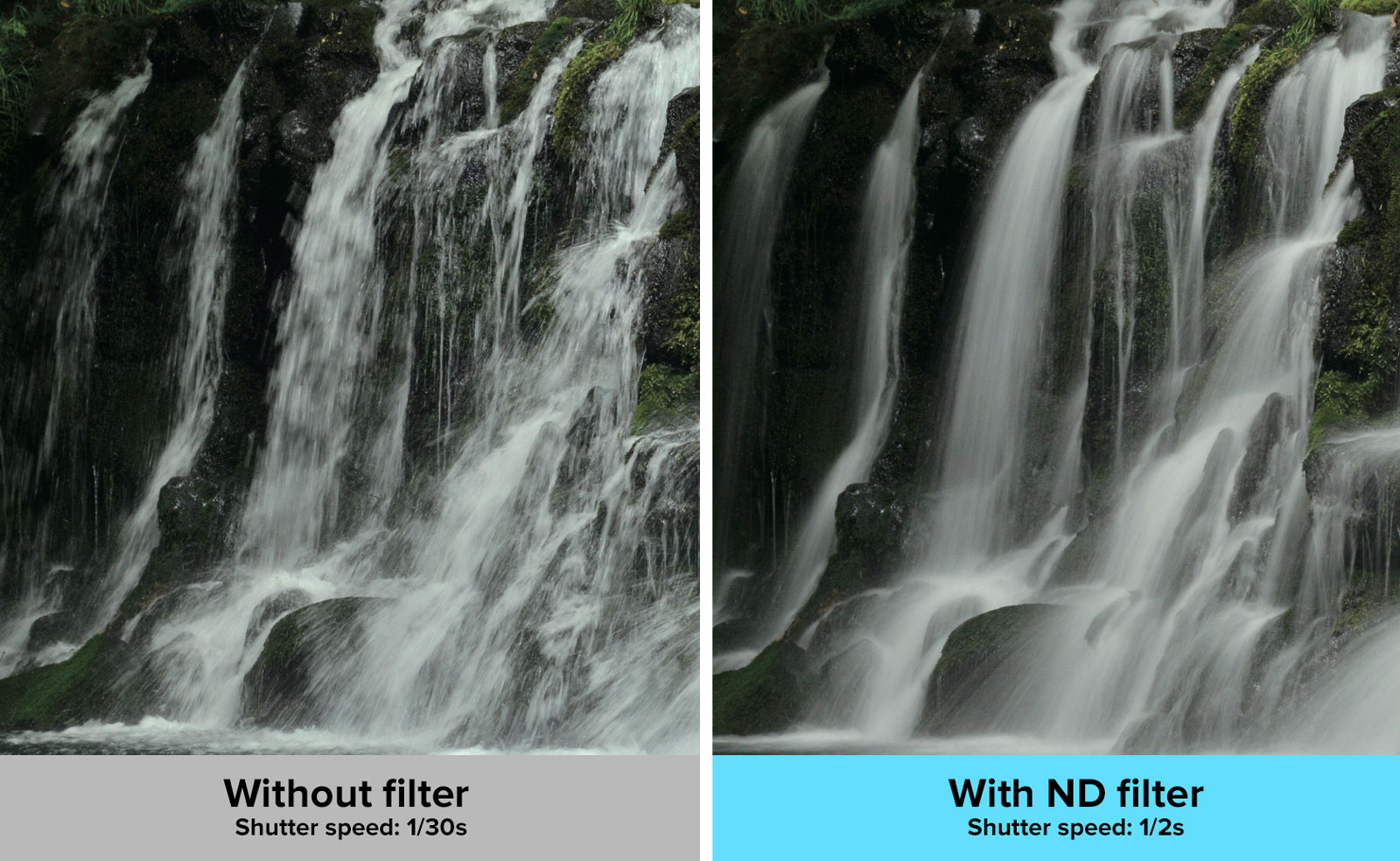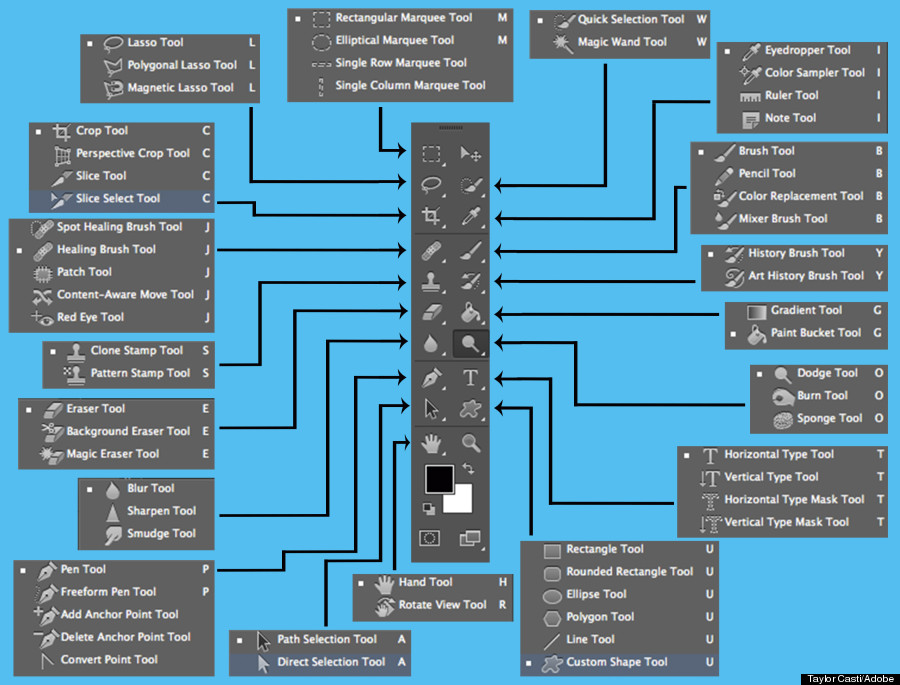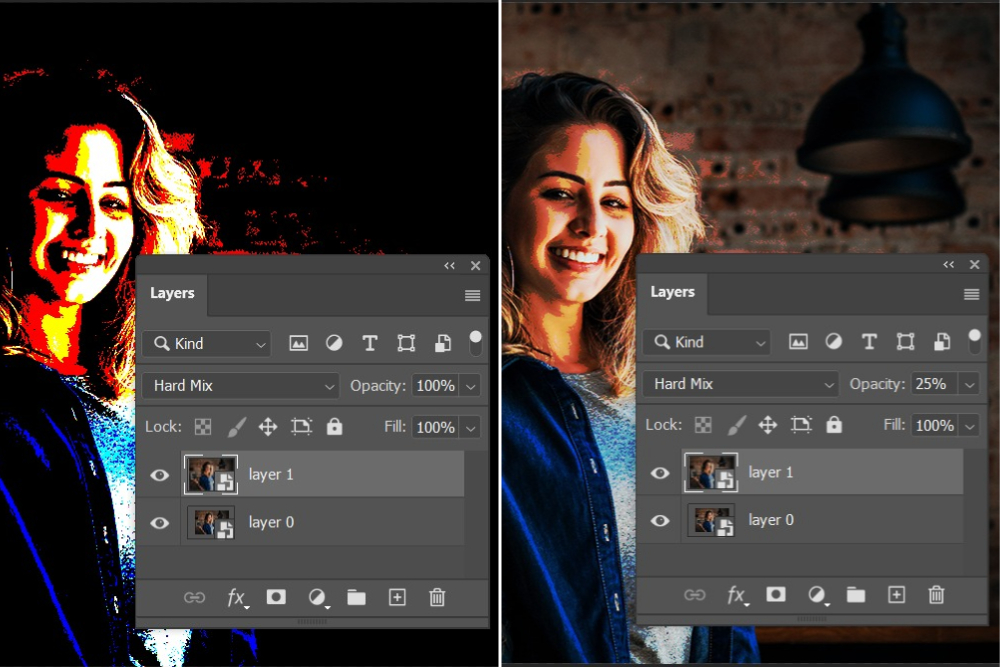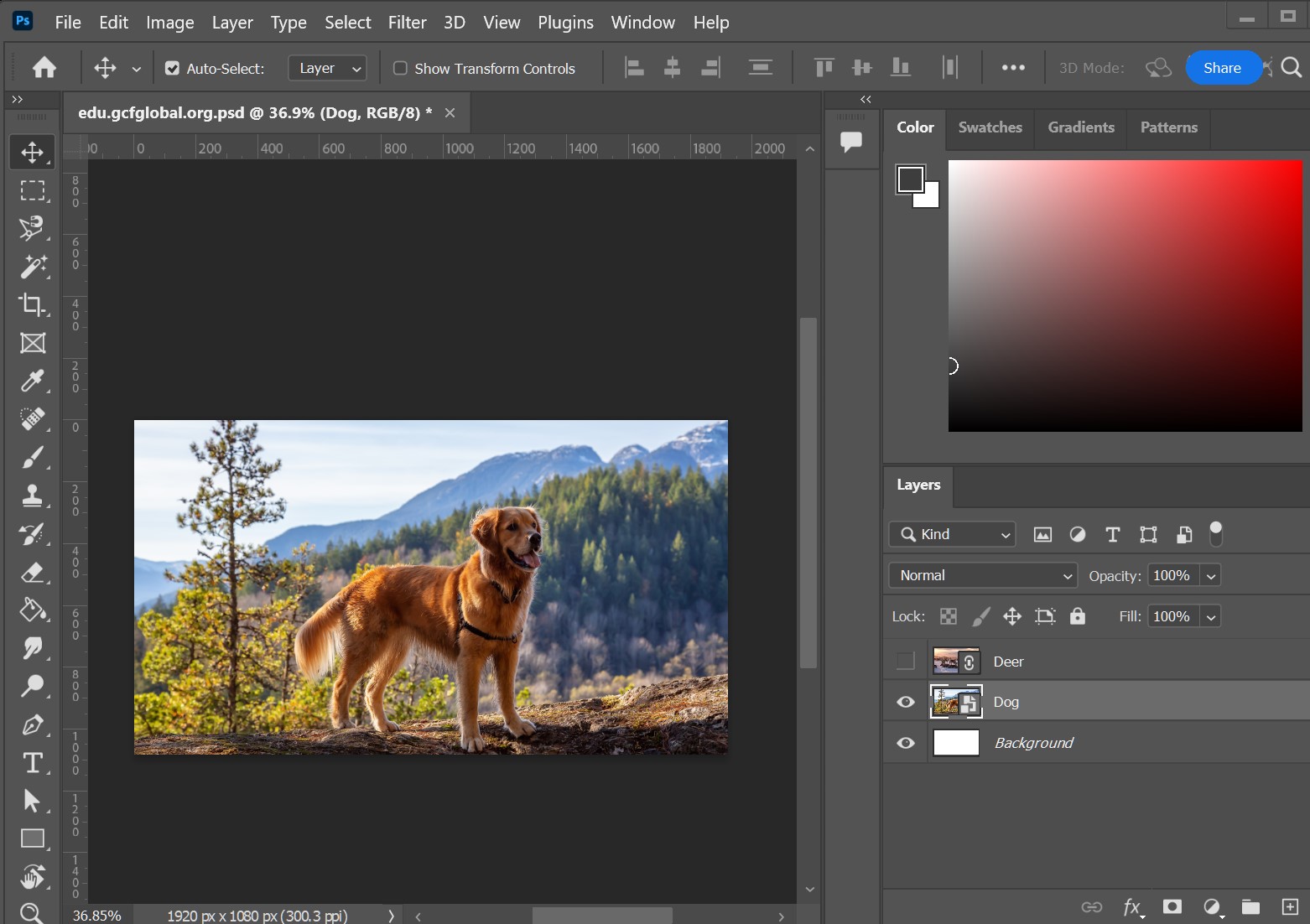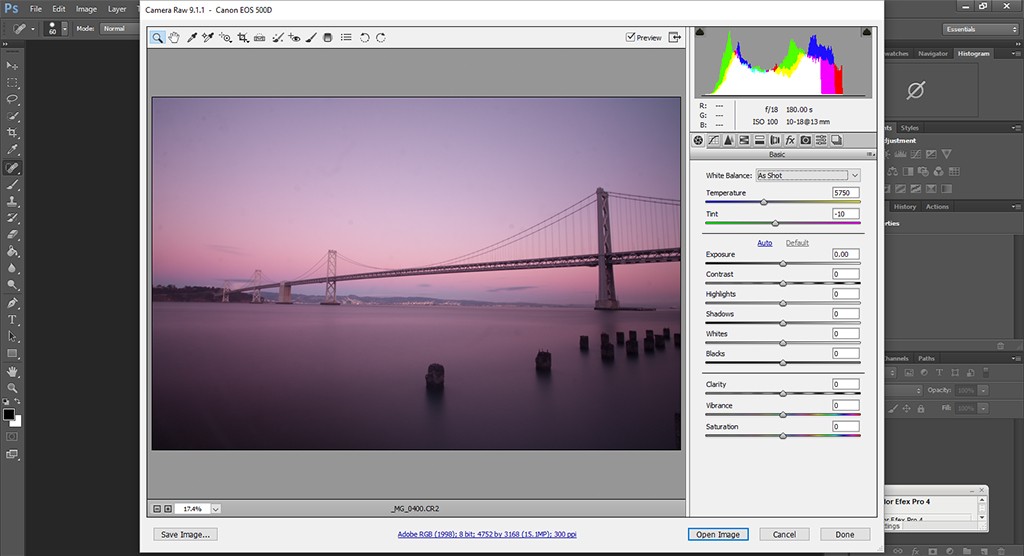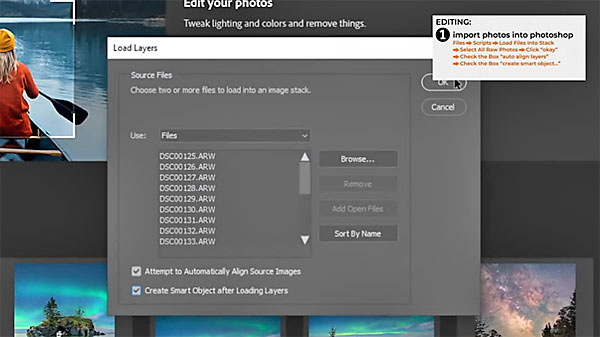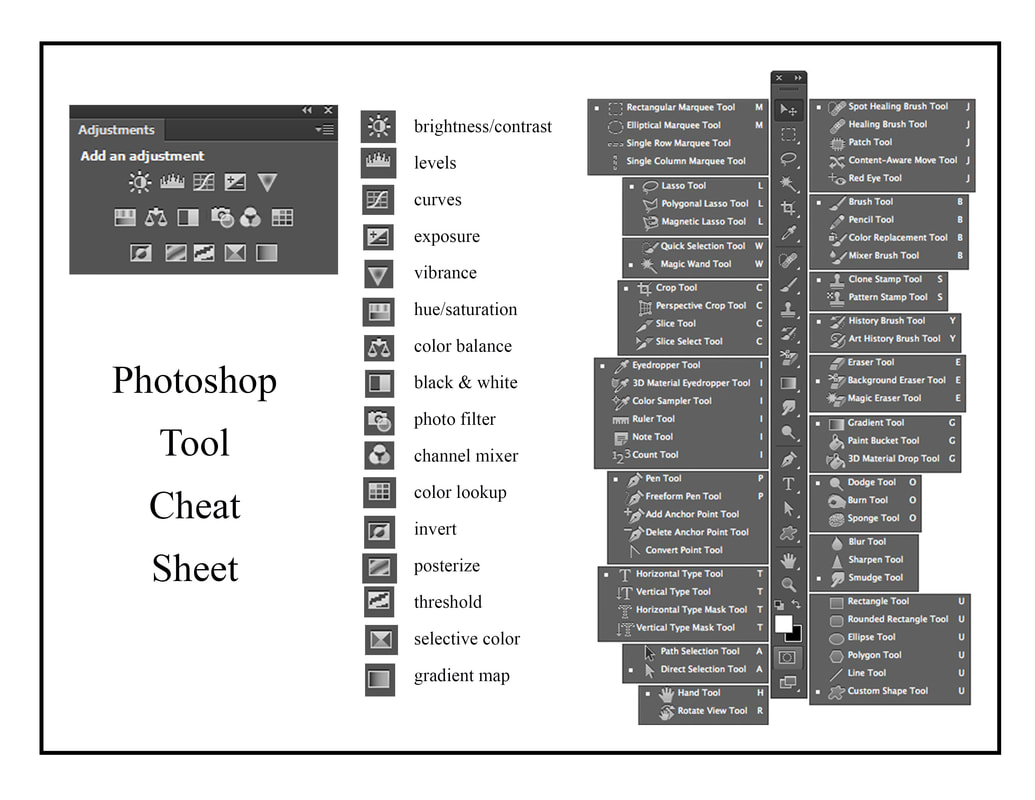What Does Nd Stand For In Photoshop

Adobe Photoshop, the industry-standard photo editing software, is packed with features and tools. Navigating its interface can sometimes feel like deciphering a cryptic language. One frequently encountered abbreviation, "Nd," often leaves users scratching their heads.
The “Nd” designation in Photoshop refers to Non-Destructive editing. Understanding its implications is crucial for effective and flexible image manipulation. This article will explore what Nd stands for and how it impacts Photoshop workflows.
Understanding Non-Destructive Editing
Non-destructive editing in Photoshop allows users to modify images without permanently altering the original data. Instead of directly changing the pixels, edits are applied as layers or adjustments that sit on top of the original image. This allows changes to be easily reversed, modified, or removed at any time without compromising the original image quality.
Contrast this with destructive editing, where changes are applied directly to the original pixels. Once saved, these changes are permanent and difficult, if not impossible, to undo without significant loss of quality.
Key Features and Tools that Utilize Nd
Photoshop offers several features that inherently operate on a non-destructive basis. One prominent example is Adjustment Layers. Adjustment layers allow you to alter color, brightness, contrast, and other aspects of an image.
These adjustments are applied as separate layers, meaning the underlying image remains untouched. Users can easily tweak the adjustment settings, turn them on or off, or even delete the adjustment layer entirely.
Another powerful tool is Smart Objects. Converting a layer to a Smart Object essentially encapsulates it. Edits applied to a Smart Object are non-destructive, even when transforming (scaling, rotating, skewing) the object.
Filters can also be applied non-destructively using Smart Filters. When applied to a Smart Object, filters become editable and adjustable at any time. This allows for experimentation and refinement of effects without the fear of irreversibly damaging the original image.
Why Non-Destructive Editing Matters
The significance of non-destructive editing lies in its flexibility and control. Imagine spending hours meticulously editing a photograph, only to realize later that a particular adjustment needs tweaking. With destructive editing, you might have to start from scratch.
Non-destructive editing eliminates this frustration. It empowers photographers and designers to experiment freely, knowing they can always revert to the original state or fine-tune their adjustments.
Furthermore, non-destructive workflows promote collaboration. Because the original image remains intact, it can be easily shared and modified by multiple users without risking data loss or irreversible changes.
"Non-destructive editing is a cornerstone of professional Photoshop workflows. It gives you the freedom to explore creative possibilities without the fear of permanently altering your images." - Adobe Photoshop Documentation
Impact on Users and Industry
The widespread adoption of non-destructive editing has significantly impacted the photography and design industries. It has enabled professionals to work more efficiently, experiment more freely, and collaborate more effectively.
Beginner Photoshop users also benefit greatly from understanding non-destructive principles. It encourages them to explore different techniques and develop their skills without the risk of making irreparable mistakes. This helps users learn faster and become more proficient in using Photoshop.
Overall, "Nd" in Photoshop, representing non-destructive editing, is more than just an abbreviation. It's a fundamental concept that underpins modern image editing workflows. Its importance cannot be overstated.

